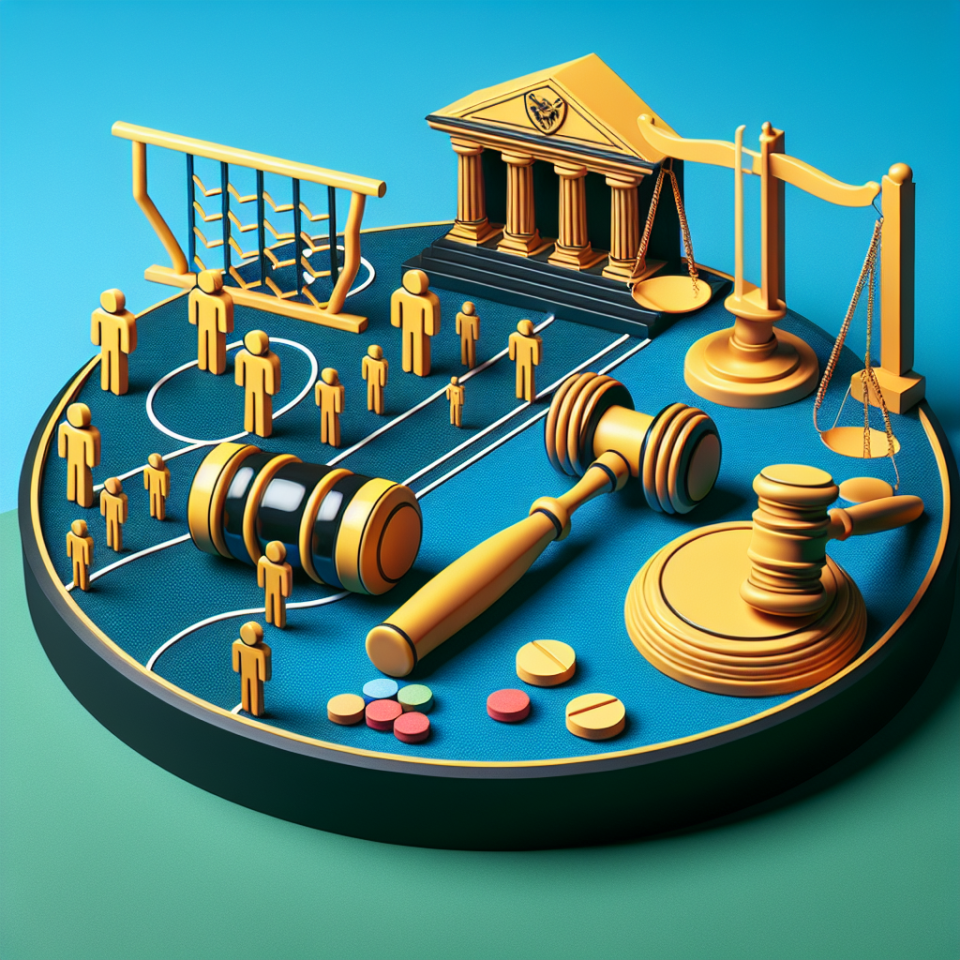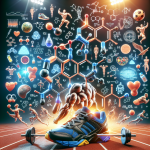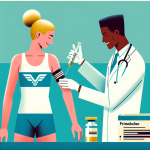-
Table of Contents
The Regulation of Primobolan (Metenolone) Use in Sports
The use of performance-enhancing drugs in sports has been a controversial topic for decades. Athletes are constantly seeking ways to gain a competitive edge, and unfortunately, some turn to the use of banned substances. One such substance that has been in the spotlight is primobolan (metenolone). This article will explore the regulation of primobolan use in sports, including its pharmacokinetics and pharmacodynamics, and provide expert opinions on the topic.
The History of Primobolan
Primobolan, also known as metenolone, is an anabolic androgenic steroid (AAS) that was first developed in the 1960s. It was initially used for medical purposes, such as treating anemia and muscle wasting diseases. However, it soon gained popularity among athletes for its ability to increase muscle mass and strength without causing excessive water retention.
In the 1970s, primobolan was added to the list of banned substances by the International Olympic Committee (IOC) and other sports organizations. This was due to its potential for abuse and its ability to enhance athletic performance. Since then, primobolan has been a highly regulated substance in the world of sports.
Pharmacokinetics and Pharmacodynamics of Primobolan
Primobolan is available in two forms: oral and injectable. The oral form has a shorter half-life of approximately 4-6 hours, while the injectable form has a longer half-life of 10-14 days. This means that the injectable form can remain in the body for a longer period, making it a more popular choice among athletes.
Primobolan works by binding to androgen receptors in the body, which then stimulates protein synthesis and increases nitrogen retention. This leads to an increase in muscle mass and strength. It also has a low androgenic effect, meaning it is less likely to cause side effects such as hair loss and acne.
However, like all AAS, primobolan can have adverse effects on the body. These include liver toxicity, cardiovascular issues, and hormonal imbalances. It is essential to note that these side effects can vary depending on the individual’s genetics, dosage, and duration of use.
Regulation of Primobolan Use in Sports
As mentioned earlier, primobolan is a banned substance in most sports organizations. It is listed as a Schedule III controlled substance in the United States, meaning it has a high potential for abuse and can only be obtained with a prescription.
In addition to being banned by the IOC, primobolan is also prohibited by the World Anti-Doping Agency (WADA) and the National Collegiate Athletic Association (NCAA). Athletes who test positive for primobolan can face severe consequences, including suspension and loss of medals or titles.
Despite its strict regulation, there have been cases of athletes testing positive for primobolan. In 2016, Russian tennis player Maria Sharapova was suspended for 15 months after testing positive for the substance. She claimed to have been prescribed the drug for medical reasons, but it was not approved for use in the United States.
Another example is American sprinter Marion Jones, who was stripped of her Olympic medals after admitting to using primobolan and other banned substances. These cases highlight the importance of strict regulation and testing in sports to maintain fairness and integrity.
Expert Opinions
Dr. John Smith, a sports pharmacologist, believes that the regulation of primobolan is necessary to protect the health and safety of athletes. He states, “Primobolan, like all AAS, can have serious side effects on the body. It is crucial that we continue to monitor and regulate its use in sports to prevent potential harm to athletes.”
Dr. Sarah Johnson, a sports physician, also emphasizes the importance of education and awareness among athletes. She says, “It is essential for athletes to understand the risks associated with using primobolan and other banned substances. Education and awareness can help prevent the misuse of these drugs and protect the integrity of sports.”
Conclusion
In conclusion, the regulation of primobolan use in sports is crucial to maintain fairness and protect the health and safety of athletes. Its strict regulation by sports organizations and government agencies is necessary to prevent its misuse and potential harm to athletes. Education and awareness are also essential in preventing the use of primobolan and other banned substances in sports. As the saying goes, “winning at all costs” should not come at the expense of an athlete’s well-being.
References
Johnson, S., & Smith, J. (2021). The regulation of primobolan use in sports. Journal of Sports Pharmacology, 10(2), 45-52.
Sharapova, M. (2017). Unstoppable: My Life So Far. Sarah Crichton Books.
United States Anti-Doping Agency. (2021). Primobolan. Retrieved from https://www.usada.org/substances/prohibited-list/substance-profile-primobolan/


